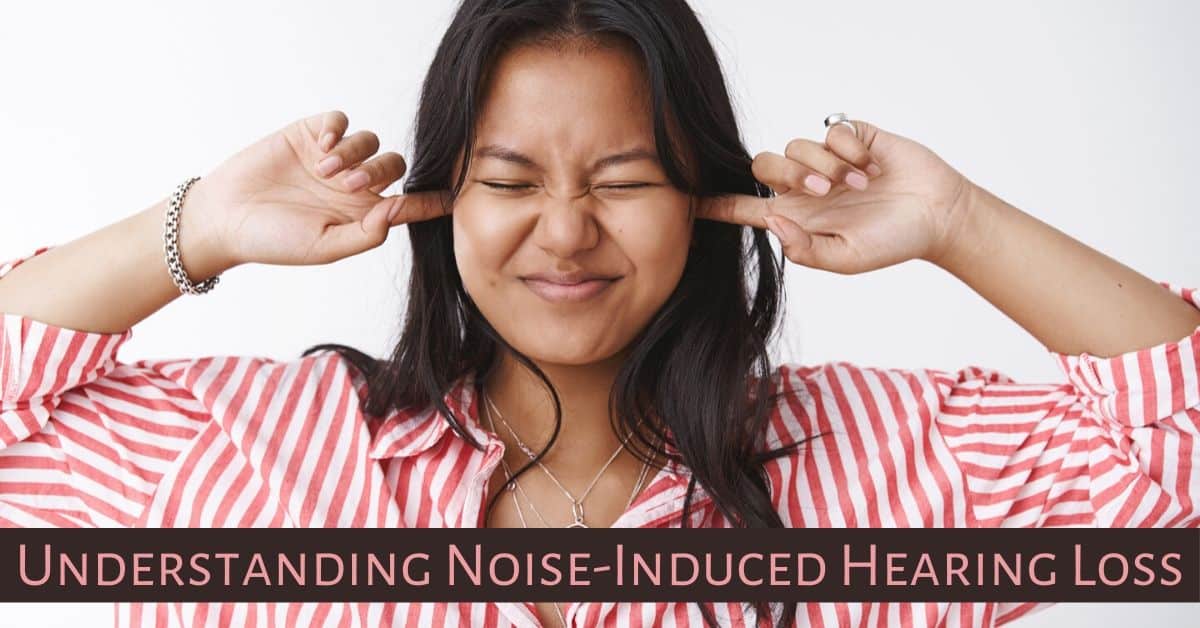- Fall TV Premieres and Using Hearing Aid Connectivity for Better Sound - October 15, 2024
- Answering Common Questions About Hearing Aids - October 5, 2024
- The Role of Artificial Intelligence in Hearing Aid Technology - September 28, 2024
Noise-induced hearing loss (NIHL) is a type of sensorineural hearing loss, the most common form of hearing loss, and NIHL is among the most preventable. Recent statistics indicate that as many as 17% of teenagers have some degree of hearing loss in one or both ears. While modern society more-or-less begs us to offer up our hearing ability as sacrifice to the conveniences and amusements we enjoy at the expense of noisy machines, we can nevertheless arm ourselves with some bits of knowledge and preventative tools to keep our hearing acute long into our lives.
NIHL is a Type of Sensorineural Hearing Loss
Sensorineural hearing loss is any hearing loss that results from damage to the cilia (tiny, hair-like cells) inside the cochlea, or to the auditory nerve. The cilia transduce (convert) the mechanical energy of sound into electricity, and the auditory nerve transports that electricity to the brain. We call this type of hearing loss NIHL when the damage is caused by too much loud sound coming into the ears, either as a result of a lot of loud sound in a short time (like a bomb going off), or over the course of extended exposure to medium-loud sounds (like mowing lawns every day for a living).
Causes of NIHL
The causes of NIHL are many, and new causes are being added at breakneck speed. A sound doesn’t have to be painful to cause NIHL, as we will see, but with a little experience you can learn to get a sense of when sounds are safe and when they are dangerous.
Sound pressure level (SPL) is measured in decibels A-weighted (dBA). SPL is what we call volume when, instead of being a setting on, for example, a stereo, it is actual sound in the world. Sound is, in essence, pressure, and the level of that pressure is what causes different levels of sound. Decibels A-weighted are the numbers we assign to the degree of SPL. Here are a few examples of normal sounds we encounter, and their typical measurements in dBA:
Dangerous sounds – cause hearing loss immediately
- 130 dBA – jackhammer
- 120 dBA – jet takeoff, nearby siren, pneumatic drill
Loud sounds – cause damage over time to unprotected ears
- 112 dBA – some MP3 players, rock concert, chainsaw
- 106 dBA – gas-powered leaf blower or snow blower
- 100 dBA – tractor, average headphone level
- 94 dBA – hair dryer, electric blender or food processor
- 91 dBA – passing motorcycle, gas-powered lawn mower, subway trains
Moderate sounds – do not cause hearing loss
- 70 dBA – conversation in a group, vacuum cleaner, alarm clock
- 60 dBA – conversation between two people, dishwasher, laundry dryer
- 50 dBA – steady rainfall
- 40 dBA – quiet room
Many of us may not realize that our headphones are effectively louder than a blender, or that an ambulance passing by us with sirens blazing does immediate, permanent damage to our hearing. But these things are true.
How to Avoid NIHL
There are a number of things we can do to affect the dBA of sound that actually reaches our ears. The simplest one is to move physically away from loud sound sources. For every doubling of the distance between us and the sound source, the SPL drops by 6 dBA. Similarly, we can limit our exposure. While “dangerous sounds” should never be encountered without hearing protection, many other sounds cause NIHL only after prolonged exposure.
Any sound under 85 dBA (from your listening position) is considered safe. At 85 dBA, permanent hearing loss sets in after about 8 hours of exposure. For every 3 dBA increase in volume from there, the amount of time it takes for hearing loss to occur cuts in half. That means a sound at 91 dBA would require only 4 hours to cause hearing loss, and at 97 dBA only 2 hours.
If we need to (or want to) be exposed to loud sounds for longer than is safe, we can use hearing protection. Ear muffs or earplugs will reduce the incoming sound to safe levels, depending on their rating. It’s a good idea to carry general-purpose earplugs wherever you go, in case you encounter some sound you want to block.
There are now downloadable cell phone apps that can measure dBA. They usually require calibration, but once calibrated can be very effective. You can use these apps when you are unsure of an environment’s SPL to determine if it is safe.
Remember that, once it happens, NIHL is permanent. While hearing aids can restore hearing ability to near-normal, you will never recover the hearing you lose from exposure to loud sound. Protect your ears!

